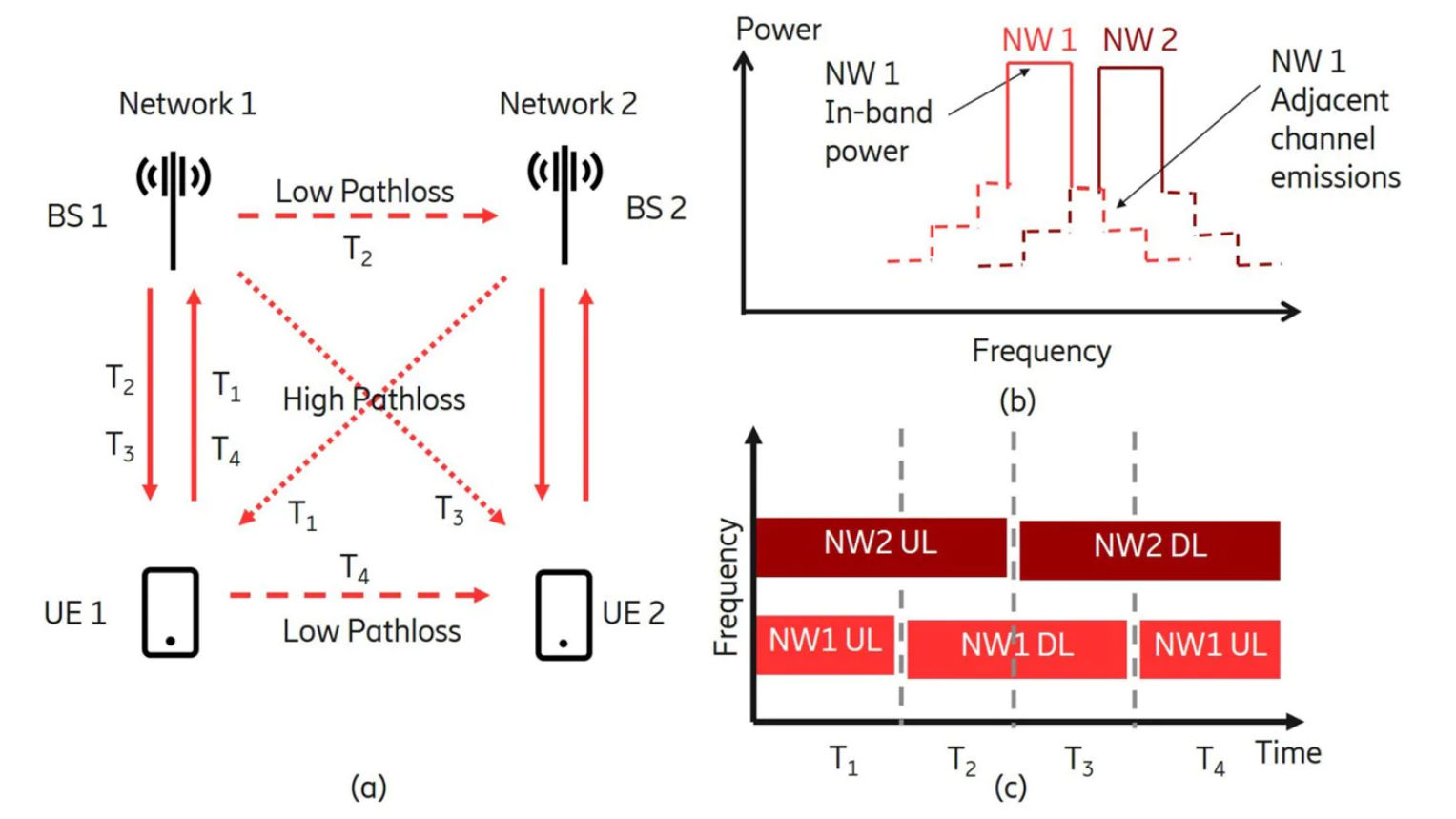5G NR Measurement Reports: How UE Monitors and Reports Network Conditions
telcomatraining.com – In the evolving landscape of mobile networks, 5G New Radio (NR) has introduced significant improvements in speed, latency, and network responsiveness. A crucial component in maintaining this high performance is the ability of User Equipment (UE)—such as smartphones or IoT devices—to continuously monitor and report network conditions. These updates are communicated via 5G NR measurement reports, which enable the network to make intelligent decisions about handovers, beam management, and resource allocation.
What Are 5G NR Measurement Reports?
Measurement reports in 5G NR are detailed sets of information sent from the UE to the base station (gNodeB), containing real-time data about the radio environment. These reports help the network maintain optimal connectivity by dynamically adapting to changing conditions, such as signal quality, interference, or user movement.
There are different types of measurements that UE can perform, including:
- RSRP (Reference Signal Received Power)
- RSRQ (Reference Signal Received Quality)
- SINR (Signal-to-Interference-plus-Noise Ratio)
- CSI (Channel State Information)
Each of these parameters plays a role in determining the overall health and performance of the wireless link between UE and the network.
How UE Performs Network Measurements
UEs are configured by the network to perform specific measurements based on pre-defined criteria. These configurations are sent via Radio Resource Control (RRC) signaling. Once configured, the UE continuously monitors reference signals from both the serving and neighboring cells.
For example, the UE might be instructed to measure the RSRP and RSRQ from up to six neighboring cells. These measurements are taken periodically or upon certain trigger conditions, such as a drop in signal quality or entry into a specific location area.
Triggering and Sending Measurement Reports
The UE does not send reports arbitrarily. Instead, reporting is typically triggered based on events defined by the network. Common 5G NR measurement events include:
- Event A1: Serving cell becomes better than a threshold.
- Event A2: Serving cell becomes worse than a threshold.
- Event A3: A neighbor cell becomes offset better than the serving cell.
- Event A5: The serving cell becomes worse than threshold1 and a neighbor becomes better than threshold2.
When one of these conditions is met, the UE compiles the relevant data and sends a measurement report to the gNodeB. These reports may contain not only signal strength but also timing advance, beam index, and location data if available.
Importance for Network Optimization
Measurement reports are essential for several reasons:
- Handover Decisions: Ensures seamless transitions between cells to avoid dropped calls or degraded data sessions.
- Beamforming and Beam Management: Helps identify the most optimal beam direction in mmWave frequencies.
- Load Balancing: Assists the network in shifting users to less congested cells or frequency layers.
- Mobility Robustness: Supports high-speed users like those in moving vehicles by providing accurate, timely data.
Challenges in 5G NR Measurement Reporting
While the concept of measurement reporting has been carried over from LTE, 5G NR adds complexity due to dual connectivity, dynamic spectrum sharing, and massive MIMO. UEs must be capable of handling this complexity efficiently to avoid increasing power consumption or latency.
Furthermore, security and privacy considerations are increasingly relevant, especially when reports contain location-specific data or when used in mission-critical applications.
Conclusion
5G NR measurement reports are a foundational aspect of maintaining efficient, high-performance mobile networks. By allowing UE to intelligently monitor and report network conditions, these reports empower the 5G ecosystem to adapt in real-time, optimize performance, and deliver the reliable connectivity that modern applications demand.
As 5G continues to evolve, so will the sophistication of measurement techniques—making this an essential area for ongoing research and innovation in mobile communications.







